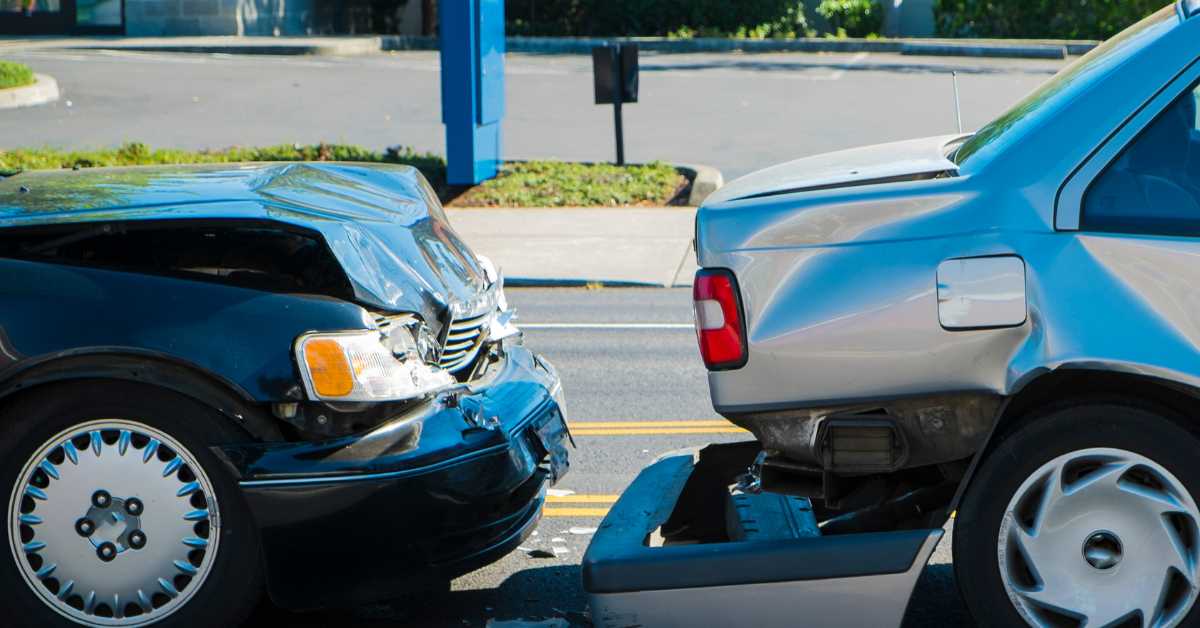Ensuring your child travels with maximum protection begins with mastering Oklahoma car seat laws, which mandate specific age, height, weight, and positioning requirements to reduce injury risk. Parents and caregivers often face uncertainty about when to switch car seat stages or what exemptions may apply.
This article clarifies Oklahoma’s child passenger safety law by detailing age and size thresholds, defining each safety seat category, outlining enforcement penalties, highlighting special exceptions, offering step-by-step installation guidance, and pointing to official resources — all while demonstrating how our experienced team at bgarrettlaw.com can support families navigating post-accident legal needs.
What Are the Oklahoma Car Seat Age and Size Requirements?
Oklahoma law specifies child restraint stages based on a combination of age, weight, and height to protect children in a crash. By stipulating rear-facing seats for infants, forward-facing harnesses for toddlers, booster seats for young children, and proper seat belts for older kids, the legislation reduces serious injury and ensures compliance with federal motor vehicle safety standards.
Oklahoma Statutes on Child Passenger Restraint Systems
Oklahoma law mandates specific child passenger restraint systems based on age and height. Children under two years old or weighing less than 40 pounds must use a rear-facing seat. Those aged four to eight, or under 4 feet 9 inches tall, require a booster seat. Violations can result in fines up to $50 for a first offense and up to $100 for repeat offenses, plus court costs.This citation directly supports the article’s detailed breakdown of Oklahoma’s car seat age and size requirements, the definitions of seat types, and the penalties for non-compliance, as it references the official state statute.
What Are the Rear-Facing Car Seat Laws for Infants and Toddlers in Oklahoma?
Children under 2 years old or weighing less than 40 pounds must ride in a rear-facing child safety seat. This position supports the head, neck, and spine by distributing crash forces across the back of the seat, improving protection. For example, a convertible car seat used rear-facing until a toddler reaches 40 pounds maintains optimal safety for infants and early toddlers.
When Can Children Transition to Forward-Facing Car Seats in Oklahoma?
Oklahoma mandates that once a child exceeds 40 pounds or outgrows height limits of a rear-facing seat, they should use a forward-facing seat with a five-point harness until at least age 4. The five-point harness design enhances upper-body protection by securing the child at both shoulders and hips, which improves crash force distribution during sudden stops.
What Are the Oklahoma Booster Seat Laws and Height Requirements?
Children between ages 4 and 8—or until they reach 4’9” tall—must ride in a booster seat that correctly positions a lap-and-shoulder belt. Booster seats elevate the child so the vehicle’s seat belt crosses the chest and pelvis rather than the abdomen or neck, supporting better restraint performance and reducing internal injuries.
At What Age or Size Can Children Use Seat Belts Without Car Seats in Oklahoma?
Once children are at least 8 years old or taller than 4’9”, they can transition to the vehicle’s standard seat belt without a booster. Proper seat belt fit requires the lap belt to lay across the upper thighs and the shoulder belt to lie snugly across the chest; achieving these fit criteria indicates readiness to forgo specialized seats.
How Do Oklahoma Car Seat Laws Align with American Academy of Pediatrics Recommendations?
Oklahoma’s legislation aligns with the American Academy of Pediatrics (AAP) guidelines that recommend rear-facing seats until age 2, forward-facing harness use until at least age 4, booster seats until 4’9”, and seat belts thereafter. Conformity with AAP standards enhances child safety outcomes by following evidence-based best practices for crash protection.
American Academy of Pediatrics Updates Recommendations on Car Seats for Children
The American Academy of Pediatrics (AAP) recommends that infants and toddlers ride in rear-facing car safety seats for as long as possible, until they reach the highest weight or height allowed by their seat. Subsequently, children should use a forward-facing car seat with a harness, then a belt-positioning booster seat until they are at least 4 feet 9 inches tall and typically 8 to 12 years old, before transitioning to a vehicle’s lap and shoulder seat belt.This research aligns with the article’s discussion on how Oklahoma’s car seat laws conform to evidence-based best practices and guidelines from the American Academy of Pediatrics regarding the progression through different car seat stages.
Understanding these age and size requirements lays the groundwork for selecting the correct seat type, which we will define in the next section.


